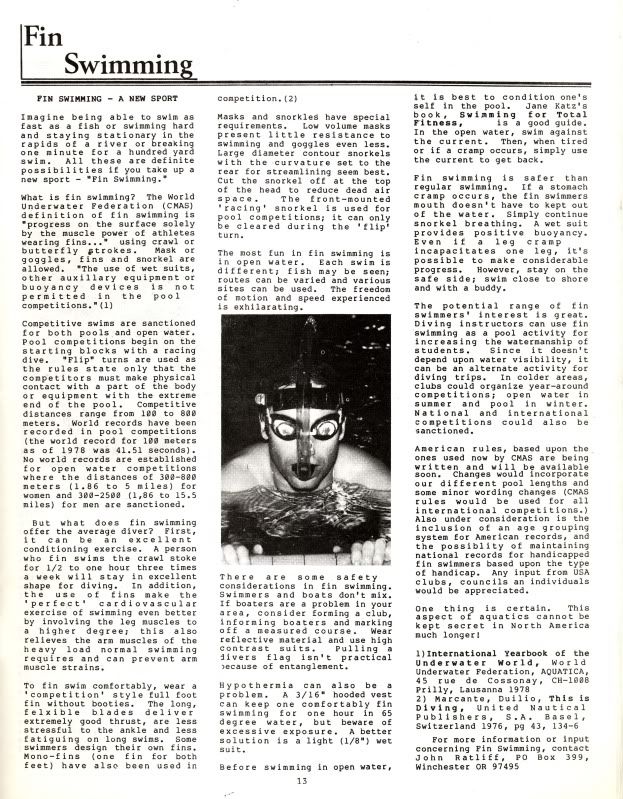RickI
Contributor
Wow, I can imagine some issues flying through kelp. Did fronds catch on the forward airilons pulling it off to the side? Were you carrying any gear, cameras etc. on the nose adding further entanglements? I guess even the diver was an entanglement. Add in catching some in the prop/nozzle assembly, a memorable not real positive experience? We always flew in open water or close to reef. Imagine using a Remora in kelp? Wouldn't get very far and what a mess to untangle with the power umbilical.
We tried to use one of Dimitri's Pegasus vehicles for some photogrametric work at Lobos, it was a nightmare in the kelp forest.





